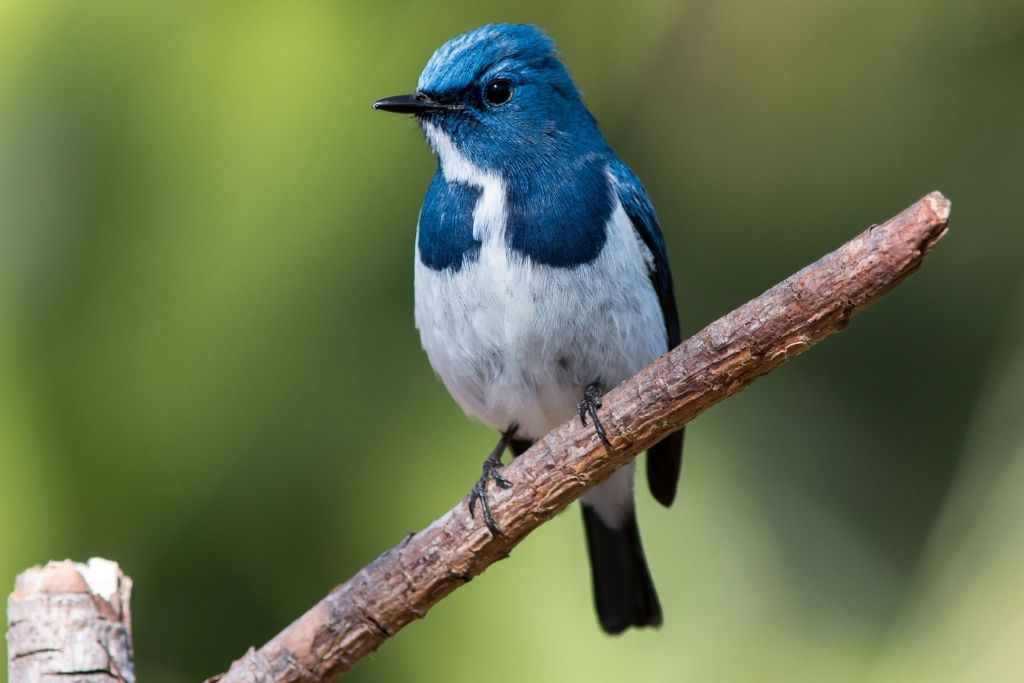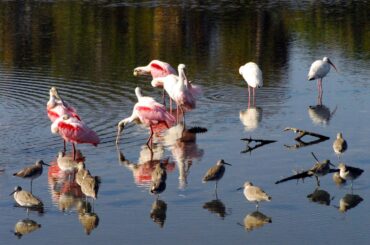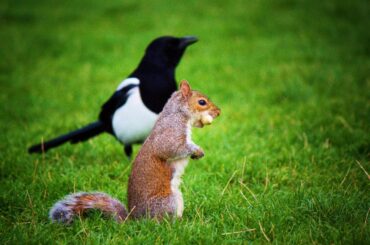Is a bird a mammal? How do scientists classify these feathered creatures? Why care if birds are mammals or not? Have you ever thought about this while watching them zip around your yard? Birds keep warm without needing the sun’s heat, just like mammals, but that doesn’t make them mammals.
Birds are not mammals. Science says so. They belong to their class, called Aves. The key differences include having feathers, laying hard-shelled eggs, and possessing beaks. The answer to the question, “Are all birds mammals?” is a clear no.
Knowing how birds are classified matters for several reasons. Understanding species helps us figure out how they adapt and change over time. Conservation work benefits, too. We can pinpoint what a specific species needs when we know exactly what it is.
Understanding Bird Classification
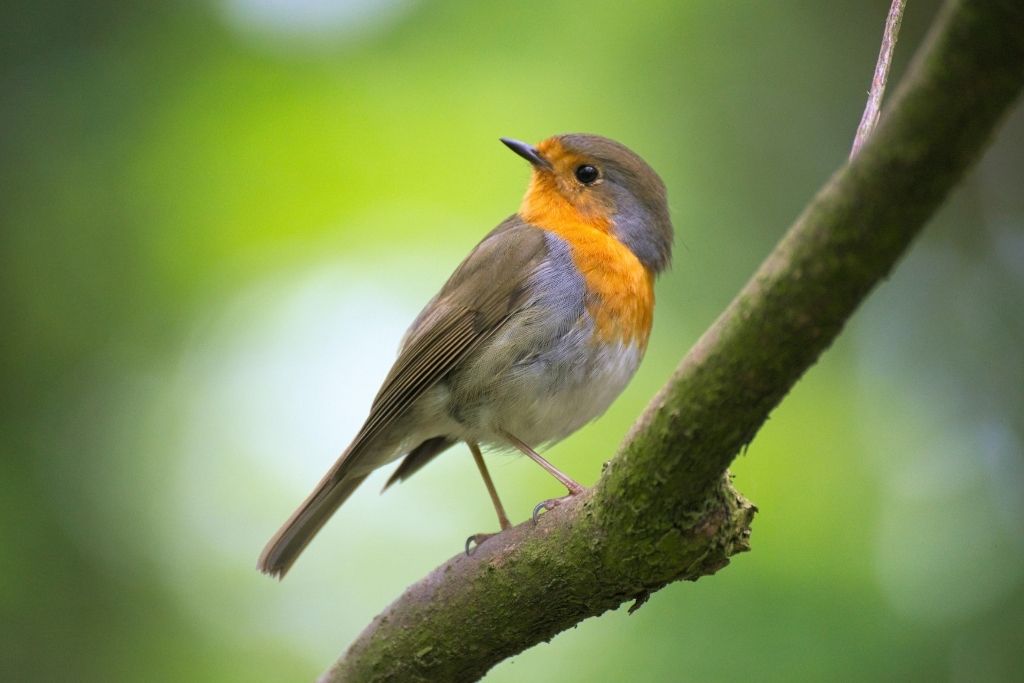
Birds have their class in science, Aves. They’re not mammals; they’re something else entirely. With feathers, beaks, and laying eggs with hard shells, birds carve out their own niche in the animal kingdom. And let’s not forget their specially designed skeletons that make flying possible.
If you’re into birds or even just a fan of nature, knowing the specifics helps. It makes you more informed when you’re birdwatching or deciding what to feed a pet bird. In the scientific world, these classifications shape how we understand evolution and the relationships between species.
Next time someone tries to lump birds in with mammals, you can set them straight. You’ll know birds are in a league of their own, classified under Aves. It’s more than just a label; it’s about understanding and appreciating the rich tapestry of life surrounding us.
Understanding these differences isn’t just for the science buffs or avid birdwatchers. It’s vital for anyone who cares about conservation. The more you know about what makes a species unique, the better you can protect it.
Characteristics of Birds
Now that we’ve clarified that birds are not mammals but belong to the class Aves, let’s dig into what makes them unique.
- Feathers: All birds have feathers, which serve multiple purposes. They keep birds warm, and specialized feathers enable them to fly.
- Beaks: You won’t find any teeth here! Birds have beaks adapted to their diets, from the sharp beaks of birds of prey to the slender, probing beaks of hummingbirds.
- Laying Eggs: Unlike mammals, birds lay eggs that have hard shells. The type of egg and its shape can even help scientists identify which bird species laid it.
Mammals: A Different Class
Mammals, classified as Mammalia, stand apart from birds in many ways. One big difference is fur or hair, which mammals have but birds don’t. Ocean-dwellers, like whales and dolphins, also fall under the mammal category, surprising as it may be.
The fact that mammals nurse their young with milk is a game-changer. Produced by specialized mammary glands, this milk nourishes newborns and helps them grow. It’s one of those defining traits that sets mammals apart.
Think about how you’d care for a pet bird versus a pet dog. Different needs mean different care routines. The same goes for conservation and ecological studies.
Recognizing what makes each class unique equips us with the tools to protect and sustain them better. Keep these critical differences in mind when you’re out in nature or observing animals at home. It makes a difference in how we interact with Earth’s diverse inhabitants.
Mammalian Characteristics
Mammals aren’t just birds with fur; they’re an entirely different class. Unique traits set them apart in the animal kingdom. They belong to the class Mammalia, and it’s a whole different scene. You definitely wouldn’t mistake a fluffy cat for a chirping bird!
- Mammary Glands: One of the most defining traits of mammals is their mammary glands. These glands produce milk to nourish their young.
- Hair/Fur: Another clear sign you’re dealing with a mammal is hair or fur. Whether it’s the thick coat of a bear or the whiskers on a cat, hair is a common mammal feature.
- Live Births: Most mammals give birth to live young instead of laying eggs. Think of puppies, kittens, and even human babies!
Common Misconceptions
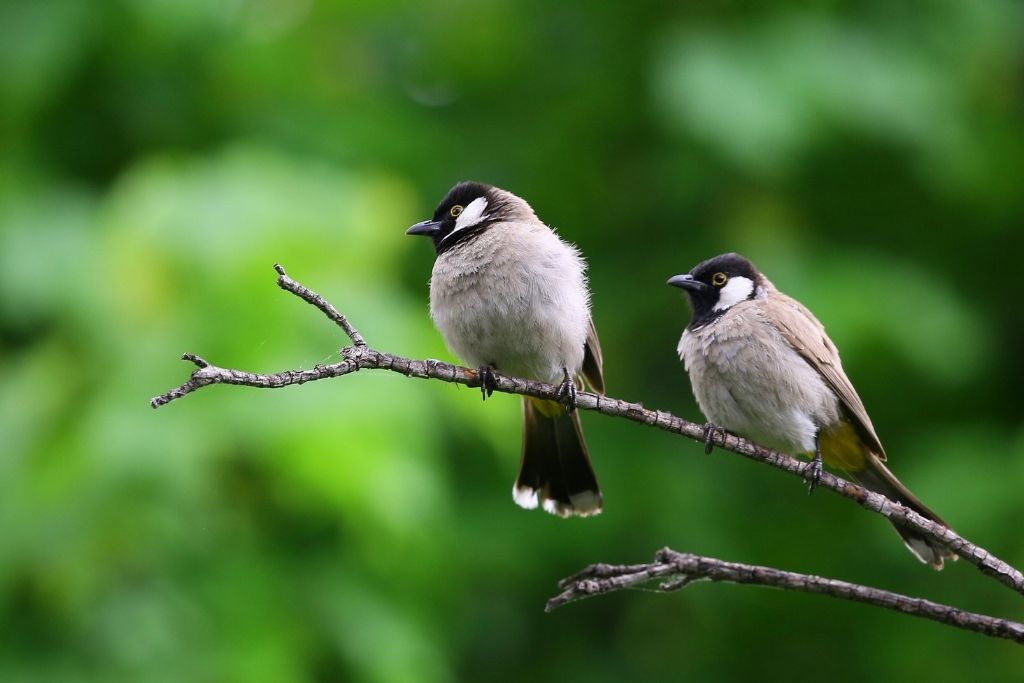
A few similarities between birds and mammals can sow confusion, like how both animals are warm-blooded, allowing them to control their body temps.
You often find birds and mammals in the same spots, like forests or parks. Seeing them together might trick you into thinking they’re the same class of critters.
Birds and mammals care for their young and have social circles, leading some to lump them together. Take penguins, for example; they even store fat for warmth, like a mammal might. These arguments, though interesting, don’t hold up when we look at the fundamental differences in anatomy and reproduction.
Birds lay hard-shelled eggs, have beaks, and sport feathers—all traits you won’t find in mammals.
You can correct someone who says birds are mammals because they’re warm-blooded or have seen a chubby penguin. Highlight the critical differences like feathers, beaks, and the type of birth. This way, you’ll correct a common misconception and help others appreciate the diversity in the animal kingdom.
Are Birds Mammals? Clarifying The Distinction
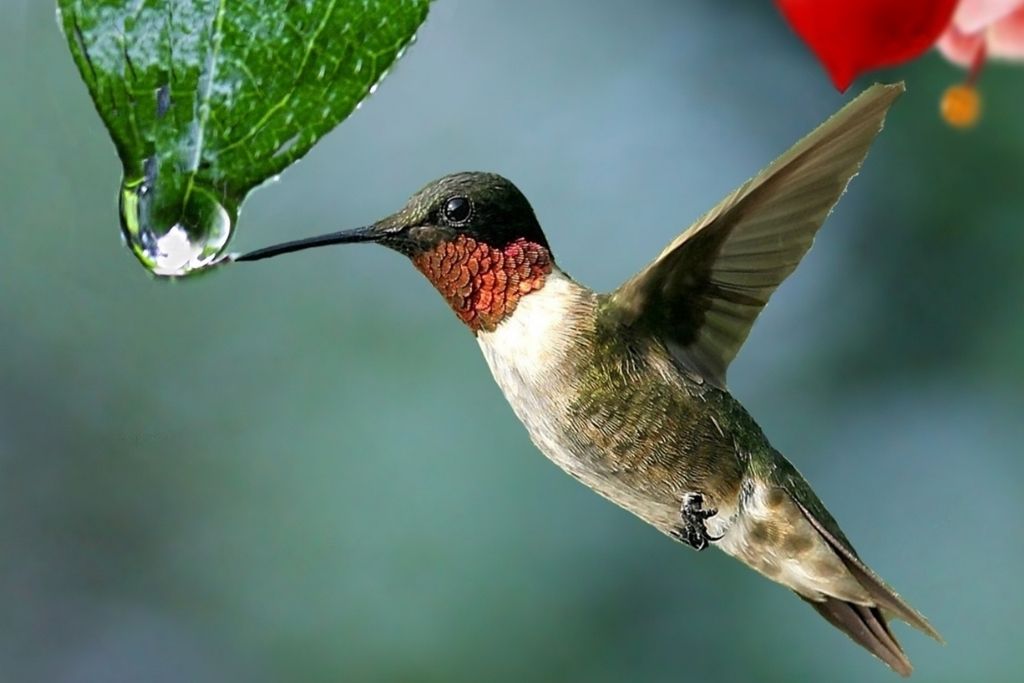
Birds and mammals have a few traits in common. Despite this, they’re in different animal kingdom classes: Aves for birds and Mammalia for mammals. While both can be warm-blooded and care for their young, they differ fundamentally. Let’s set the record straight with a table highlighting these fundamental differences.

Final Thoughts
In wrapping up, knowing the difference between birds and mammals isn’t just for trivia night. This knowledge helps in many areas, from scientific research to animal conservation and pet care. Grasping these differences enriches our understanding of Earth’s intricate web of life.
Dive into various resources available. Check out books like The Sibley Guide to Birds or Mammals of North America for detailed class information. Feed that curiosity and become an expert in what sets birds and mammals apart!
FAQs
Is a Bird a Reptile or a Mammal?
Birds aren’t reptiles or mammals. They belong to their own class, Aves.
Is a Bird a Fish or a Mammal?
Neither. Birds are part of the class Aves, separate from fish and mammals.
What Classifies a Mammal?
Mammals have hair or fur, give live birth, and nurse their young with milk from mammary glands. They belong to the class Mammalia.

